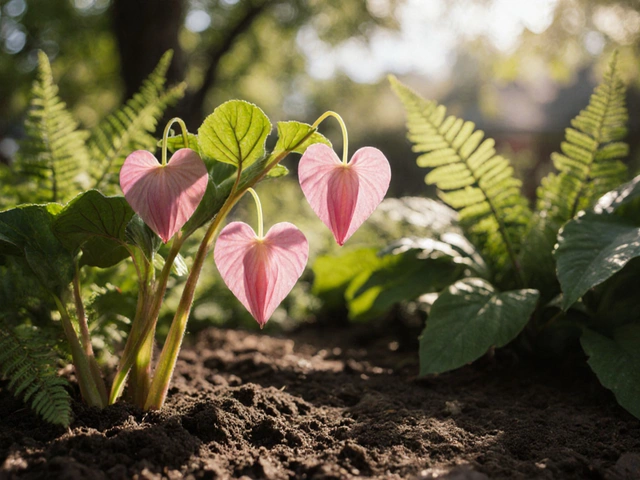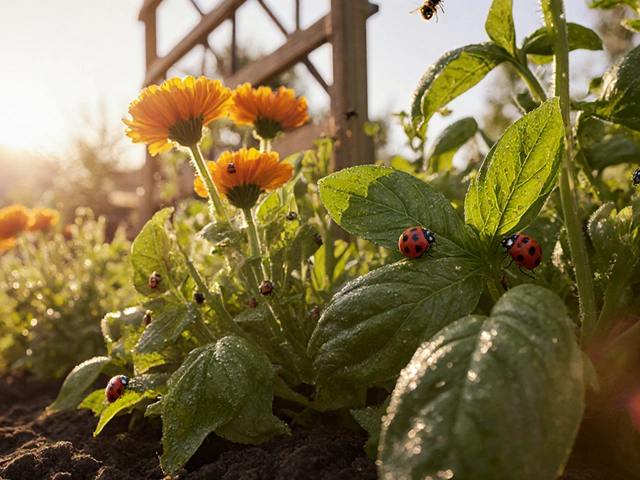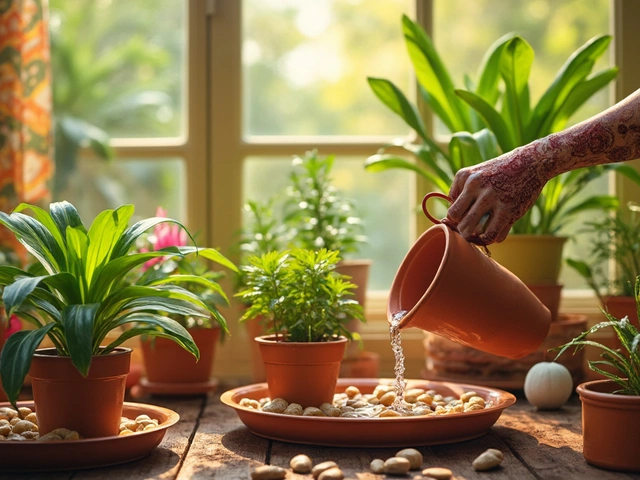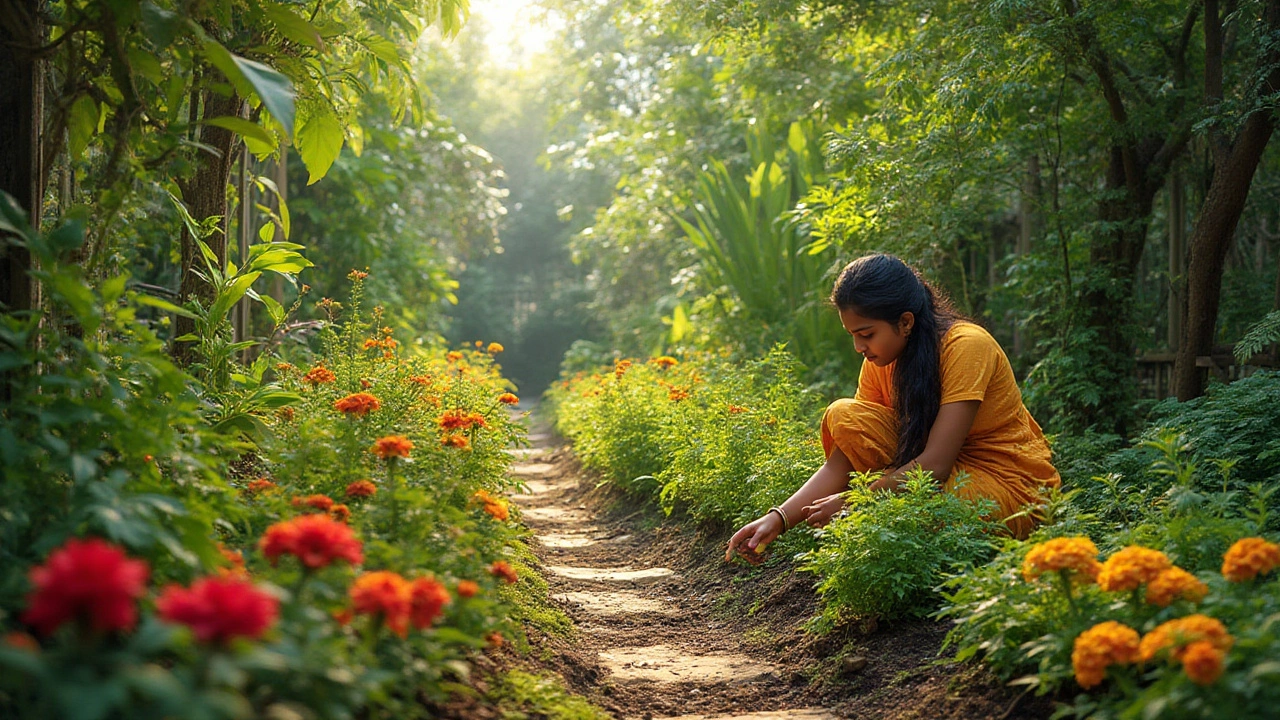Plant Combinations: Easy Pairings for a Healthy Garden
Ever wonder why some plants look happy next to each other while others seem to fight? The answer is simple – they either help each other grow or they don’t. Knowing which plants work together can boost yields, keep pests away, and even cut down on watering. Below are quick, practical ways to pair plants whether you’re tending a balcony, a backyard, or a rooftop garden.
Companion Planting Basics
Companion planting is all about matching plants that share similar needs or that give each other a boost. Think of it like a friendly neighborhood: tall plants can provide shade for shade‑lovers, deep‑rooted veggies pull up nutrients that shallow roots can use, and fragrant herbs hide the scent of vulnerable crops from bugs.
Start by checking three things: sunlight, water, and soil preference. If two plants like full sun and moderate water, they’re a safe bet. Then look at pest control – many herbs, such as basil or rosemary, mask the smell of tomatoes from tomato‑worm moths. Finally, consider nutrient balance: nitrogen‑fixing beans work great with heavy feeders like corn.
Top Pairings for Common Gardens
Tomatoes + Basil + Marigold: Tomatoes love warm spots and need steady moisture. Basil repels flies and improves tomato flavor, while marigolds deter nematodes and attract beneficial insects. Plant them in a loose triangle and water together.
Beans + Corn + Squash (The Three Sisters): This age‑old combo works because beans climb the corn stalks, fixing nitrogen for the corn and squash. Squash spreads on the ground, suppressing weeds and keeping the soil cool.
Carrots + Onions: Carrots grow deep while onions stay shallow. The onion’s smell keeps carrot flies away, and both enjoy light, well‑drained soil.
Leafy Greens + Nasturtiums: Nasturtiums act as a trap crop for aphids, drawing them away from lettuce, kale, and spinach. Their bright flowers also attract pollinators, adding extra buzz to your garden.
Indoor Plants + Ferns + Spider Plant: For indoor spaces, pair low‑light tolerant ferns with a spider plant that filters air. Both handle occasional watering and thrive in similar humidity levels.
When you plan a raised bed or a balcony garden, sketch a simple map. Place tall items on the north side (so they don’t shade shorter plants), group herbs that need similar watering, and leave room for the deep‑rooted veggies.
Don’t forget water tricks. Drip irrigation works wonders for plant combos because you can set different flow rates for each group. Bury the drip lines about 2‑3 inches deep to keep water close to roots and avoid evaporation. If you’re on a balcony, a drip tape can deliver water to hanging pots without messy splashes.
So, what’s the next step? Pick three plants you already love, check if they share light and water needs, then add a companion that brings a pest‑control advantage. Test the combo for a season, note any changes, and tweak as needed. Gardening is a learning game – the more you observe, the better your plant friendships become.
Ready to mix and match? Grab a notebook, draw a quick layout, and start planting those smart pairings. Your garden will thank you with more blooms, more veggies, and less hassle.
Sister Plants: The Science and Benefits of Companion Planting for Gardeners
Curious about 'sister plants'? Learn how pairing certain plants can boost your garden's health, repel pests, and increase yields, all with smart, simple strategies.
About
Gardening
Latest Posts


Discovering the Corpse Flower: Nature's Bizarre Marvel
By Alden Thorne Mar 19, 2025

DIY Natural Pest Control: Simple Home Remedies for a Bug‑Free Garden
By Alden Thorne Oct 12, 2025

Pebble Tray Care: How Often Do You Need to Fill It?
By Alden Thorne May 20, 2025

